Cultures
Mysterious underwater cities and their origins
Thanks to today’s advanced technology, the lost, drowned, underwater cities of the past are available for our pleasure. We can see the still-intact, fallen communities of various time periods, and learn from them, study them and be awed by them. With scuba diving, underwater cameras, submarines and other special instruments, we can still find life in these sunken cities. Maybe you’ve heard of some, maybe you haven’t. There’s an air of mystery and intrigue that surrounds all of these underwater cities, though, as some cities’ drowning cannot be explained.
Here are the coolest underwater cities.
Port Royal, Jamaica
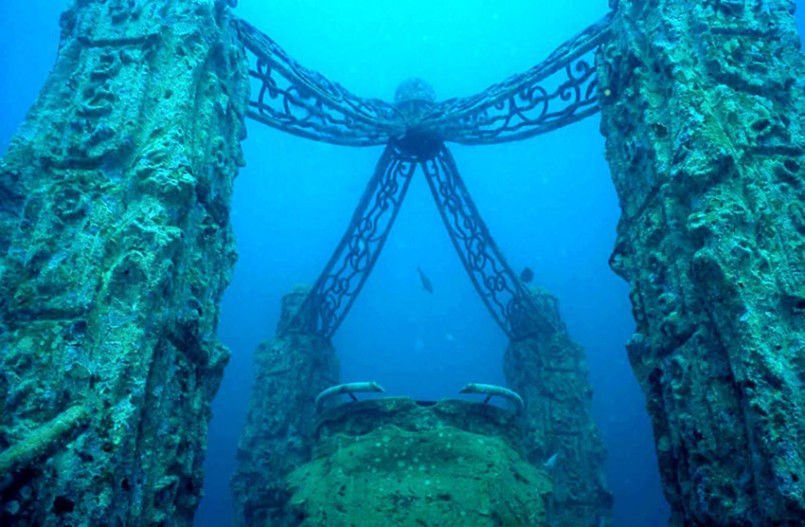
Image: Enkivillage
Port Royal was once labeled the most sinful and wicked city in the world; it was known for its pirates, raging parties, prostitutes and alcohol. Even Blackbeard visited. In June 1962, an earthquake shook the island and took two-thirds of the city down into the depths. More than 2,000 people were killed during the process. Since the quake, Port Royal has continued to sink a little further each year. Some people believe the earthquake was punishment from the gods for all the wickedness that occurred there. Today, you can dive down forty feet below the ocean surface to see the remains.
Dwarka, India
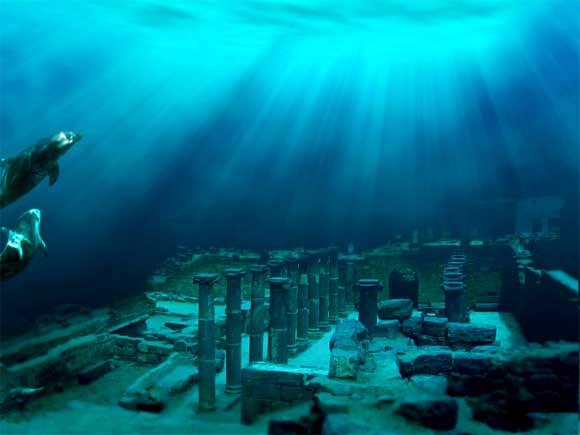
Image: Enkivillage
This ancient city was considered a myth until divers discovered ruins off the coast of the Indian state of Gujarat as recently as 2000. The Hindus believe that Dwarka was built by Lord Krishna and once contained 70,000 palaces. Researchers from India’s National Institute of Ocean Technology found the ruins in the Gulf of Khamabhat. Nobody knows who built Dwarka or other cities submerged in the Arabian Sea. The ruins could be some of the oldest in the world—carbon dating revealed that wood dredged from the site dates to around 7400 BC, or around 9,000 years ago, predating any known civilization. It is not known how or why the city sank, but scientists believe the Arabian Sea was 100 meters lower than its current level as recently as 2,000 years ago.
Thonis-Heracleion, Egypt
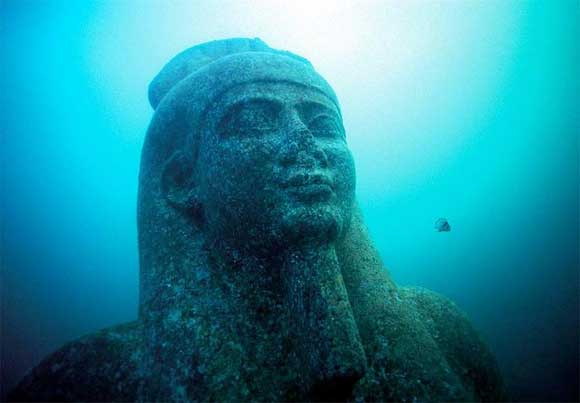
Image: Collective Evolution
This city spent 1,200 years underwater before its excavation. Artifacts brought to the surface indicate Thonis-Heracleion was once a massive trading center and bustling port city. More than 60 ancient shipwrecks have been found in the immediate area, along with hundreds of anchors, coins from across the sea, tablets inscribed in ancient Greek and Egyptian, and vast sculptures that were thought to have once adorned the city’s temples. Those temples have also remained eerily intact, complete with offerings and votives once given to the ancient Egyptian gods.What hasn’t been determined exactly is how the lost city ended up at the bottom of the sea, although it’s thought to have sunk after an earthquake. The best guess is the questionable land and sand gave way to the quake’s tremors.
The Pyramid of Yonaguni, Japan
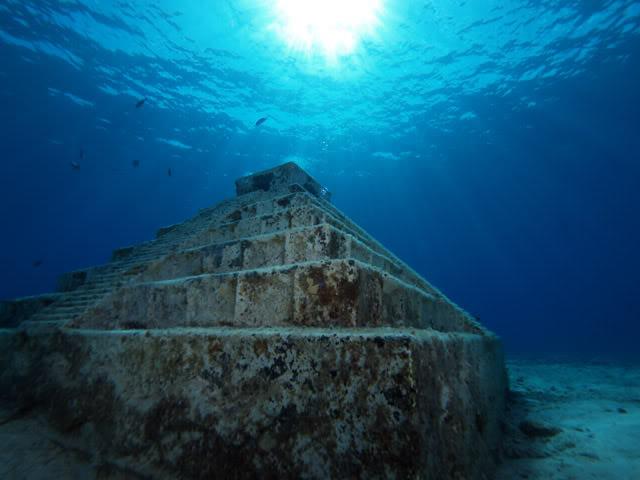
Image: Enkivillage
Like Dwarka, the submerged pyramid off the Japanese island of Yonaguni has created controversy. Divers discovered the “pyramid” with staircase-like terraces in 1986. Since then some scientists have labeled it a rock formation, but Masaaki Kimura, a seismology professor, believes that it was built between 2,000 and 3,000 years ago. That means it predates any known Japanese civilization if it really is man-made. The design of the pyramid is similar to those found in Mexico and Central America. The pyramid is very mysterious because there are no other underwater structures in the area.
Phanagoria, Russia/Greece
The ancient city of Phanagoria is a case of fiction and mythology becoming truth. According to Roman history, an uprising in 63 BC ended with a huge part of the ancient city being burned and the wife and children of Mithradates VI being murdered by the angry mob. For years, it was thought the whole account was just a tall tale. That is, until an archaeological expedition to the underwater necropolis of Phanagoria uncovered a gravestone that read, “Hypsikrates, wife of Mithradates VI.” Located on the Black Sea, it was founded in the 6th century BC and, today, about a third of the city lies underwater, earning its nickname the “Russian Atlantis”. Much of the underwater portion of the city is covered with sand, including port structures and a large section of the city’s necropolis. Divers have also found marble plinths that were once the base of great statues, along with a large number of artifacts left behind by those that once occupied the lost underwater city.
Lion City, China
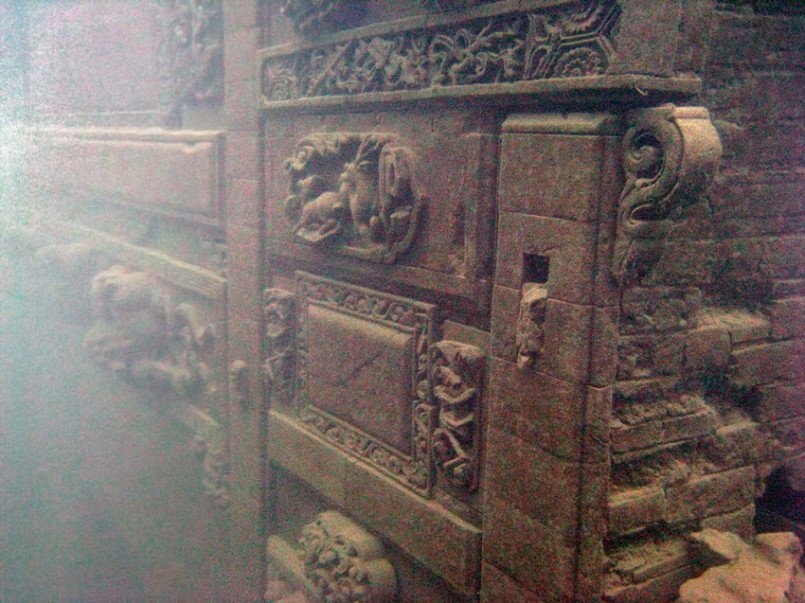
Image: Enkivillage
Lion City was built during the Eastern Han Dynasty (25-200 CE) and measures roughly 62 football fields. Even though this city is more than 1,400 years old, it has only been submerged for less than 60 years. In 1959, Lion City was flooded when the Chinese government built a hydroelectric dam on the Xin’an River and created Qiandao Lake. It is a fairly large city with more than 265 arches and five towers on the walls around the city. It’s a historical treasure, consisting of jaw-dropping stone structures covered in intricate relief sculptures. Now that it’s underwater, it’s a popular diving destination, and officials are considering ways to turn it into a tourist destination.

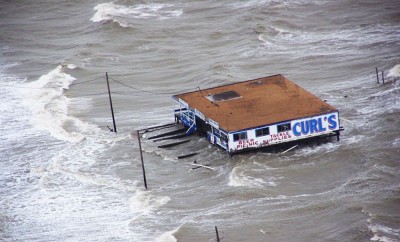



0 comments